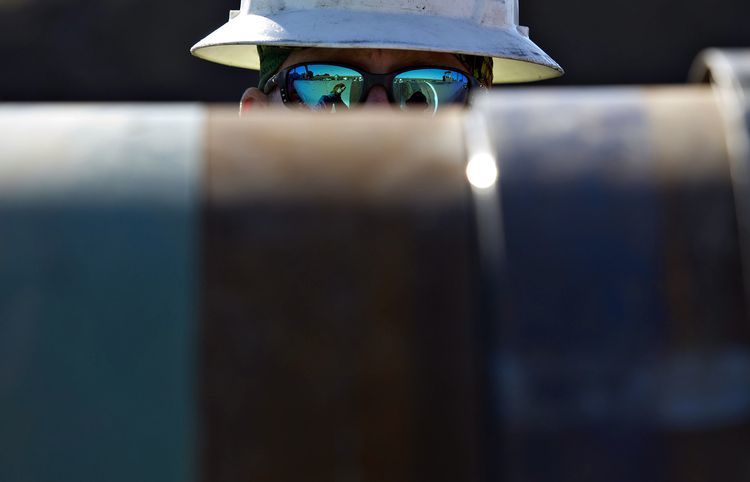
Responding to the need for more vigilant action on mitigating carbon emissions, the ARC Energy Research Institute (’ARC’) has released “Crude Oil Investing in a Carbon Constrained World: 2017 Update.” The report provides investors, including institutional investors, the assessment tools needed for estimating future carbon costs for crude oil investing.
“Since releasing our original report, investors have used the ARC Method to understand how their financial returns could be impacted under a range of future greenhouse gas (’GHG’) policy scenarios,” said Jackie Forrest, Director of Research at ARC and one of the report’s authors. “With this new update, we have ’sharpened our pencils’ to incorporate the most current information and thinking.”
“While some organizations and individuals claim that divestment is the only way to mitigate the financial risk of climate change policy, we have found that under a realistic range of carbon prices, numerous crude oil assets can continue to provide attractive investment returns,” said Peter Tertzakian, Executive Director at ARC. “At the same time, the ARC Method helps identify opportunities for reducing carbon emissions.”
Investors are continuing to ask corporations for greater clarity on their climate change related financial risks. “Investors need a transparent method for estimating future carbon costs,” said Forrest. “Using the ARC Method, they can identify lower carbon assets that make attractive returns under a realistic range of carbon prices, while avoiding higher carbon assets that would be more challenged by carbon levies.”
The ARC Method is a ’How to Manual’ for estimating and comparing the GHG emissions for crude oil assets at each stage of a petroleum fuels’ production. The updated report includes: new versions of the analytical tools developed by Stanford University and the University of Calgary; the latest factors for modeling the GHG emissions from methane leakage; and additional, updated crude oil GHG emissions estimates, including for the Eagleford and Bakken plays.
The report was reviewed by a group of experts in the field of GHG emissions analysis and investing, including academics, consultants and institutional investors.$<
Recommended for you
